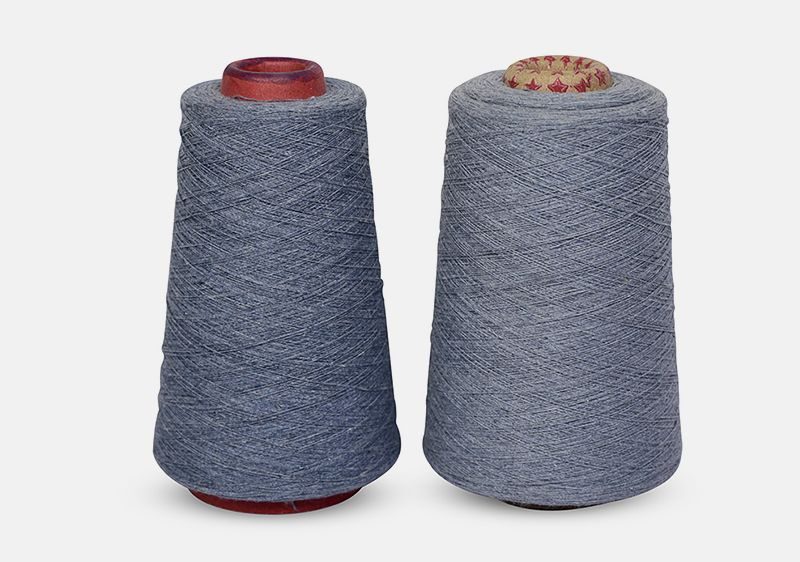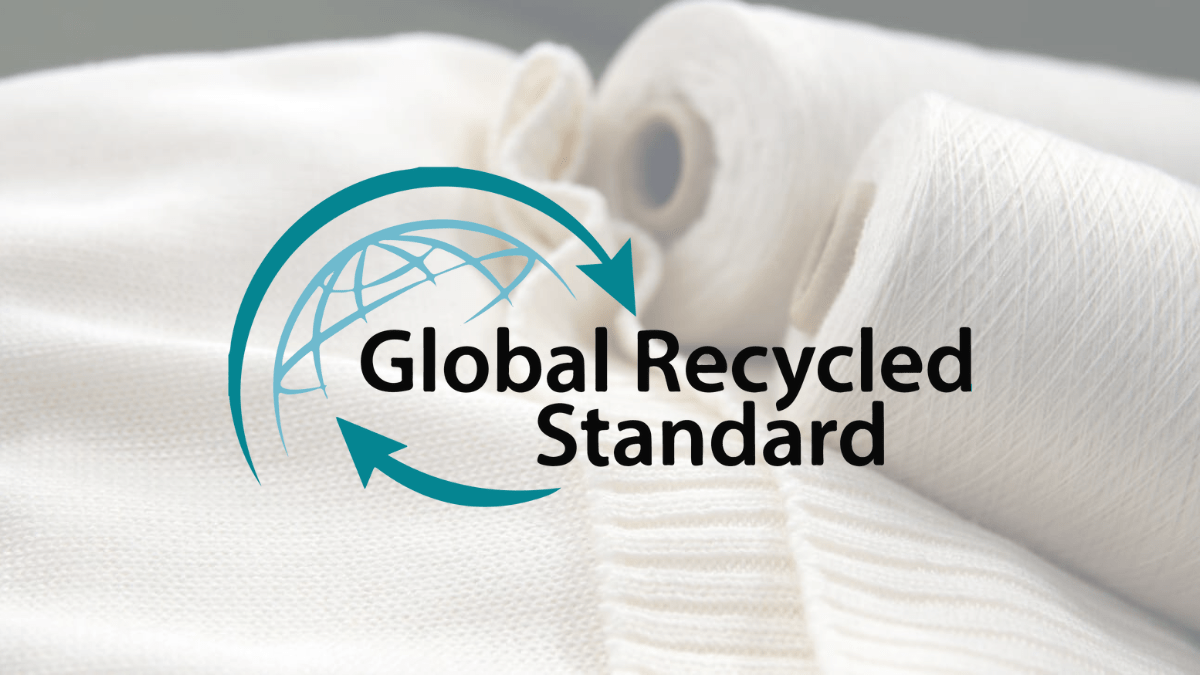



Regenerated yarn is a type of yarn that is made from recycled fibers or textile waste. The process of creating regenerated yarn involves breaking down and re-spinning old clothing, industrial scraps, or other textile waste materials into new yarn. The resulting yarn can be made from various types of fibers, such as cotton, polyester, and viscose, and can be blended with other materials to create different textures, colors, and properties. RN yarn is also called Post Consumer recycled yarn
Is Regenerated Yarn Sustainable?
The process of creating regenerated yarn is a sustainable way to reuse textile waste and minimize the environmental impact of textile production. Regenerated yarn can be used to create a variety of textile products, including clothing, accessories, and home decor items. Some examples of regenerated yarn include recycled cotton yarn, recycled polyester yarn, and Tencel, a type of regenerated viscose fiber made from sustainably sourced wood pulp.
Benefits of regenerated yarn
- Environmental sustainability: Regenerated yarn is made from recycled fibers or textile waste, reducing the demand for new raw materials and minimizing the environmental impact of textile production. By diverting textile waste from landfills and reducing the need for resource-intensive processes, such as farming or extracting new fibers, regenerated yarn contributes to a more sustainable and circular economy.
- Conservation of resources: The production of regenerated yarn requires less water, energy, and chemicals compared to the production of virgin fibers. By utilizing existing materials, regenerated yarn helps conserve valuable resources and reduces the carbon footprint associated with textile manufacturing.
- Waste reduction: Regenerated yarn provides a solution for repurposing textile waste, including post-consumer clothing and industrial scraps, which would otherwise end up in landfills. By transforming waste into a valuable resource, regenerated yarn helps to reduce the amount of textile waste generated and promotes a more efficient use of materials.
- Versatility: Regenerated yarn can be made from various types of fibers and blended with other materials, offering versatility in terms of texture, color, and properties. It can mimic the characteristics of natural fibers while providing additional benefits such as durability, moisture-wicking, or stretchability, depending on the composition of the regenerated yarn.
- Market demand and consumer appeal: As sustainability becomes increasingly important to consumers, regenerated yarn aligns with their preferences for eco-friendly products. Many consumers are actively seeking out sustainable and recycled materials, making regenerated yarn an attractive choice for environmentally conscious brands and consumers alike.
Overall, regenerated yarn or GRS regenerated yarn addresses environmental concerns, reduces waste, conserves resources, and offers a sustainable alternative to traditional yarn production, making it an advantageous option in the textile industry.
